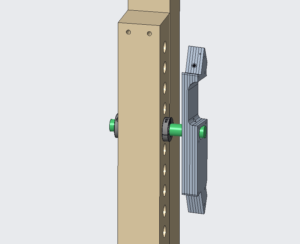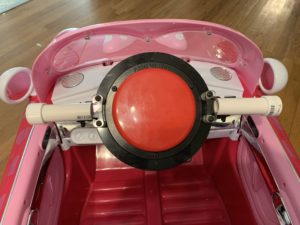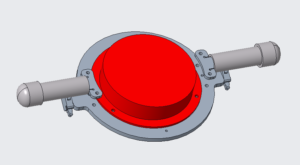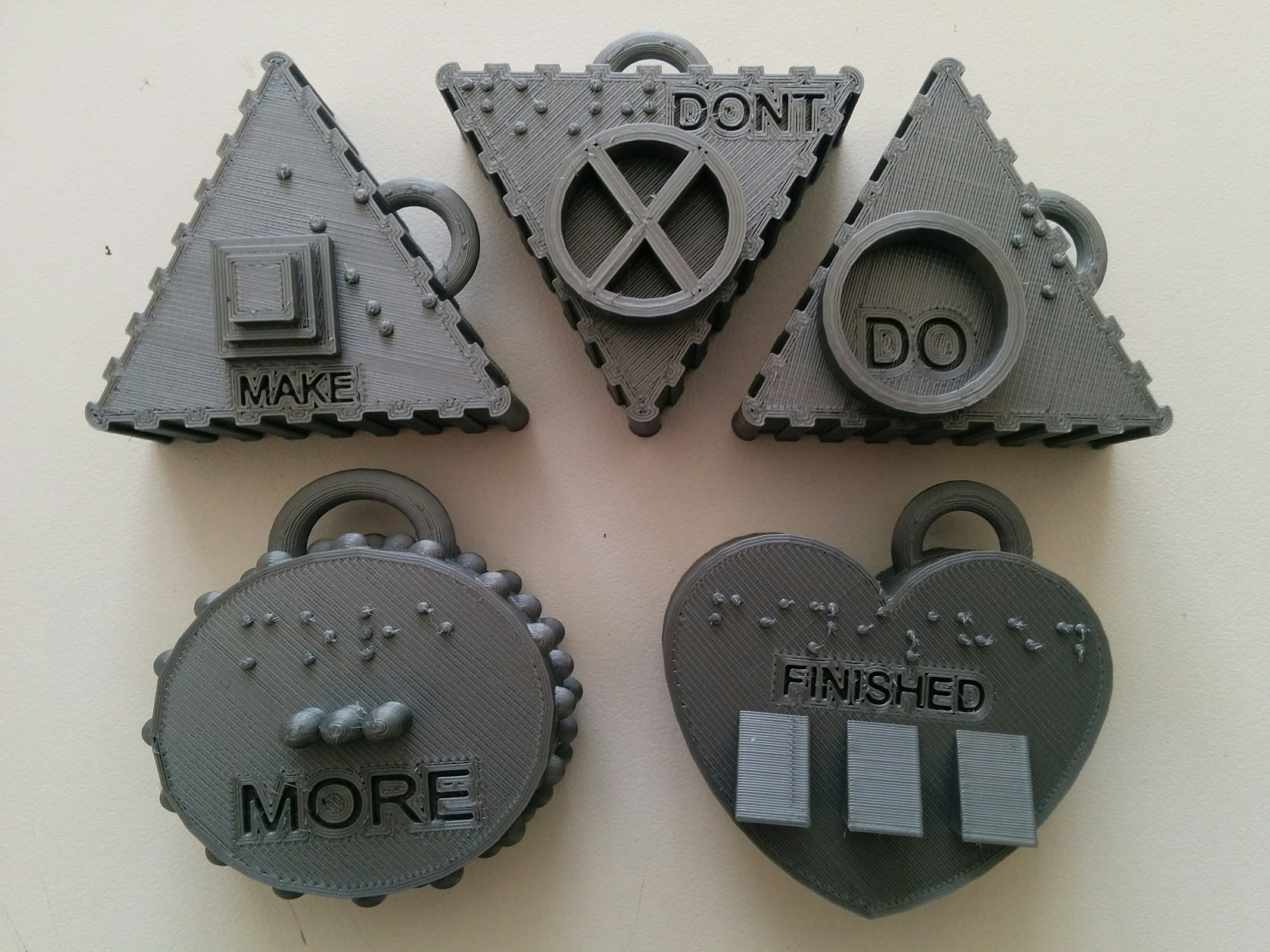QA – Hosting an Offseason Event
In this document, we answer some great questions recently posed to us about hosting an FRC offseason competition. Triple Helix Robotics co-hosts the Rumble in the Roads, an annual FRC offseason tournament. The event has been held at a high school in Newport News, VA from 2014 to 2019.











